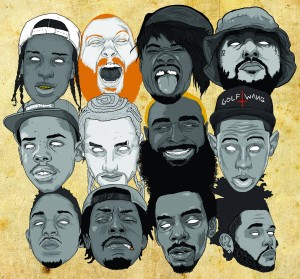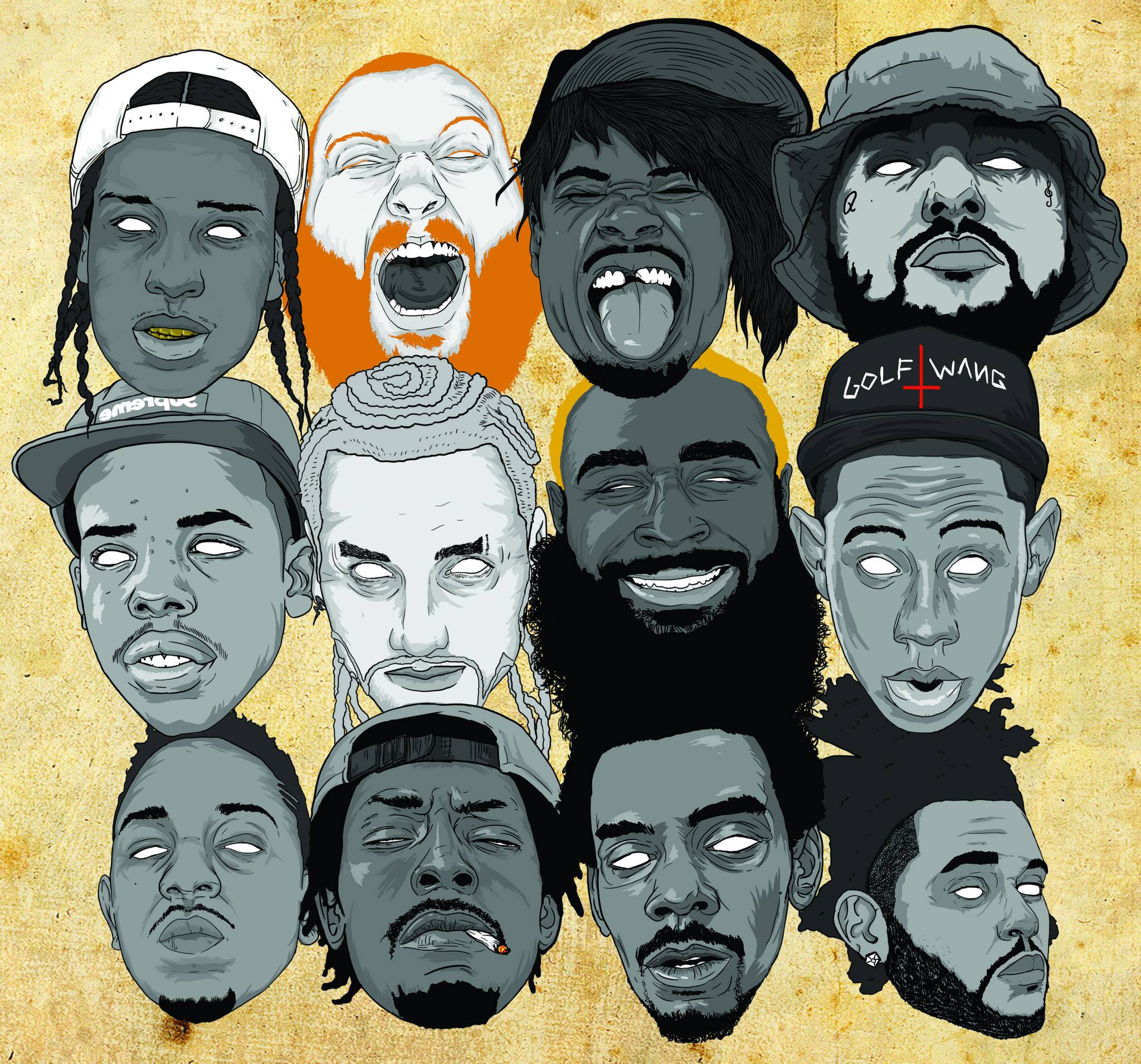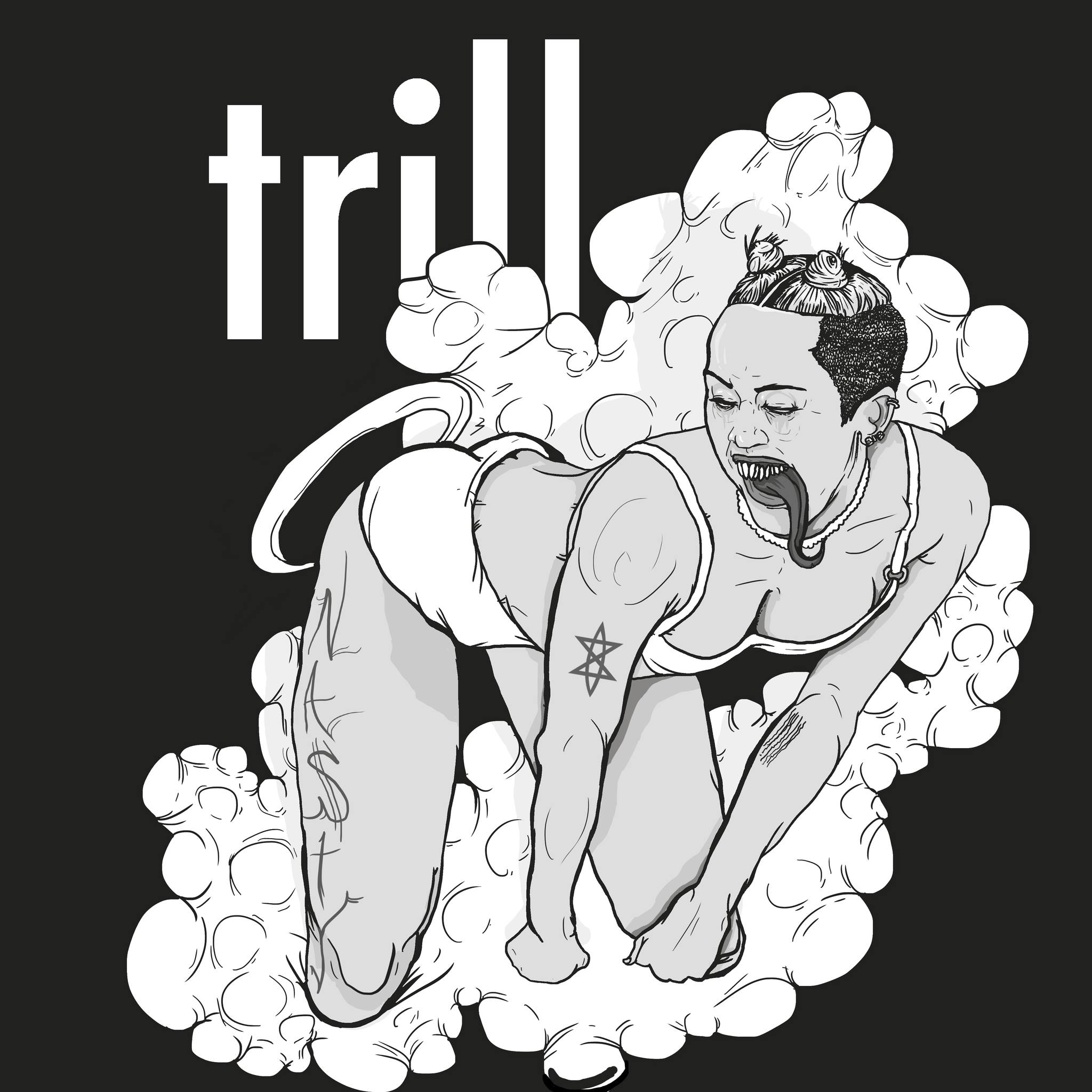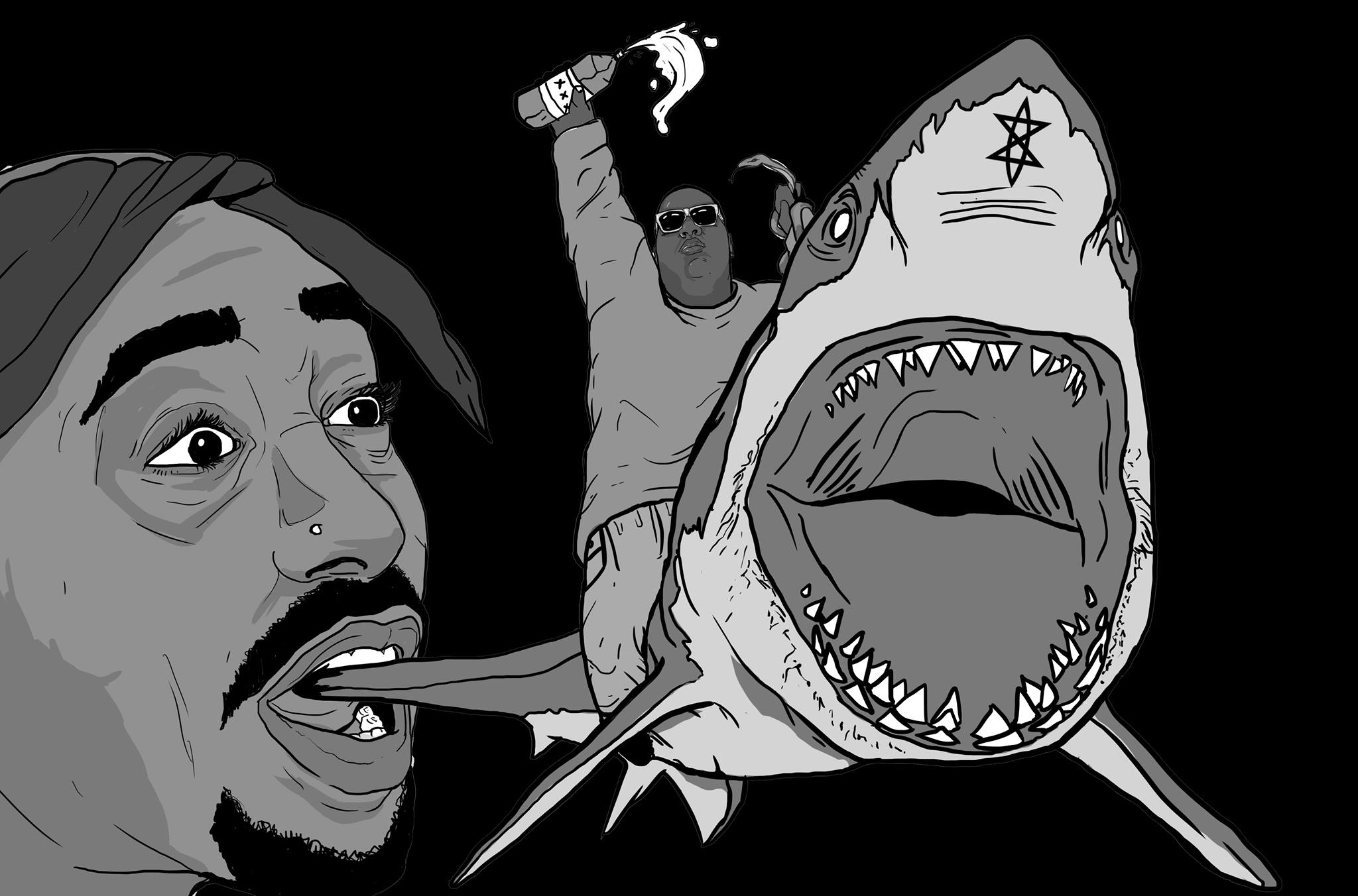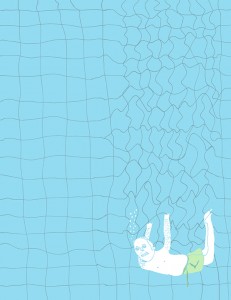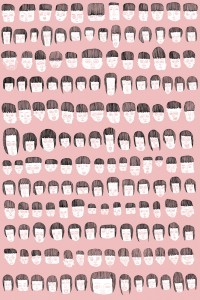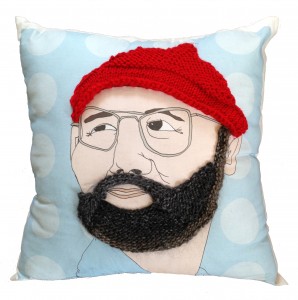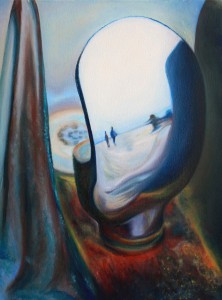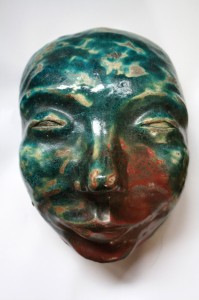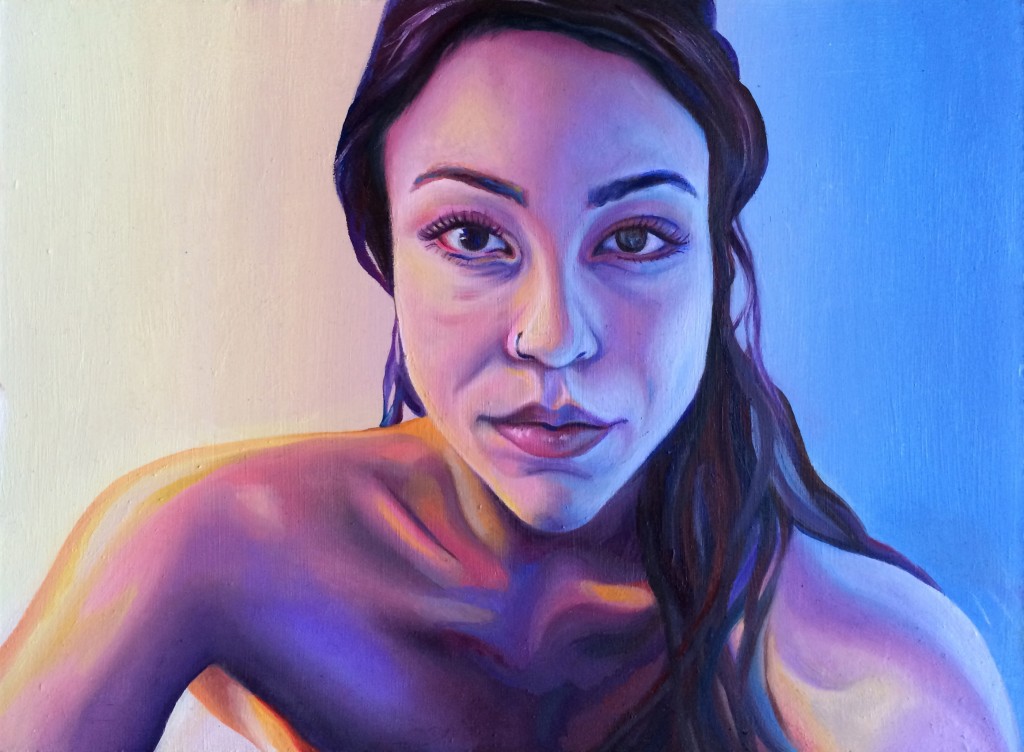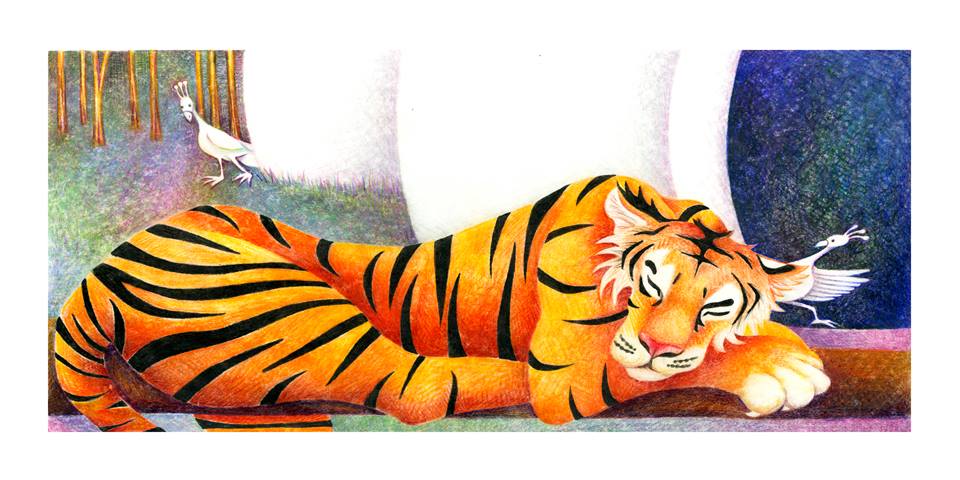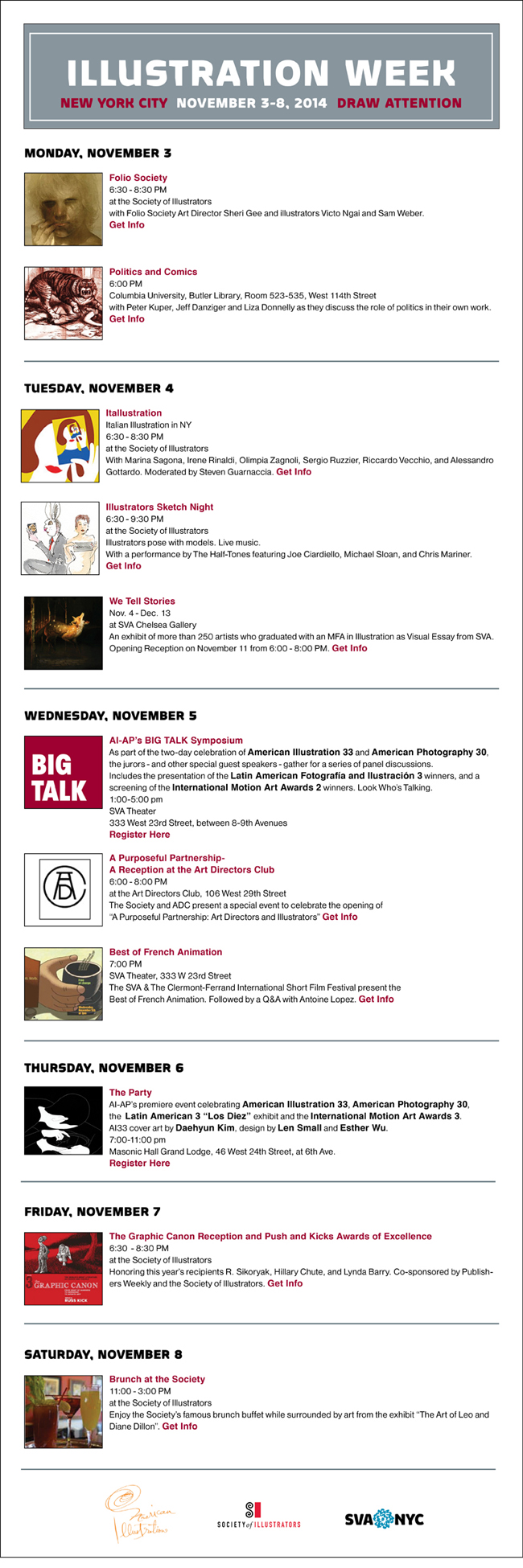The 108th meeting of the NY Comics & Picture-story Symposium will be held on Tuesday, November 25, 2014 at 7 pm at Parsons The New School, 2 West 13th Street, in the Bark Room (off the lobby). Free and open to the public. Please note 7 pm starting time.
Abigail Zitin on William Hogarth: Narrative Art and Visual Pleasure.
British artist William Hogarth (1697–1763) is, arguably, the ur–graphic novelist, famous above all for pioneering the form of the pictorial narrative series (for instance, in A Harlot’s Progress and The Rake’s Progress). For this reason, his work has always been championed by literary critics, particularly those committed to thinking about textuality across media as well as the development of the novel form in English literature. But in addition to his popular graphic works, Hogarth also published The Analysis of Beauty, an essay whose main arguments often seem at odds with the images for which he is best known. In the Analysis, Hogarth defines beauty abstractly, as an effect of lines and spatial relationships rather than representational content; he has remarkably little to say about storytelling, visual or otherwise. This presentation explores the disconnect between Hogarth’s theory and his reputation as a virtuoso of visual narrative, asking how―and whether―we should reconcile the visual style of by this famously literary artist with the formal principles he seems to have held dear. I approach this question by looking closely at how Hogarth talks about technique: both his careful attention to the mechanical practices of drawing, sculpting, and engraving―even boxing and dancing―and his evident insecurity about expressing his ideas verbally. Hogarth never lets his reader forget that he is not a writer, and this self-consciousness, I argue, should prompt a reexamination of what it might mean to describe him (whether appreciatively or critically) as a literary artist.
Abigail Zitin is Assistant Professor of English at Rutgers University in New Brunswick, NJ and the 2014–15 Carol G. Lederer Postdoctoral Fellow at the Pembroke Center for Teaching and Research on Women at Brown University. She studies aesthetics, visual culture, and literary criticism in eighteenth-century Britain; her research focuses on Hogarth’s Analysis of Beauty and the history of formalism. A recent essay on Hogarth’s aesthetics appeared in Eighteenth-Century Studies; another is forthcoming in

